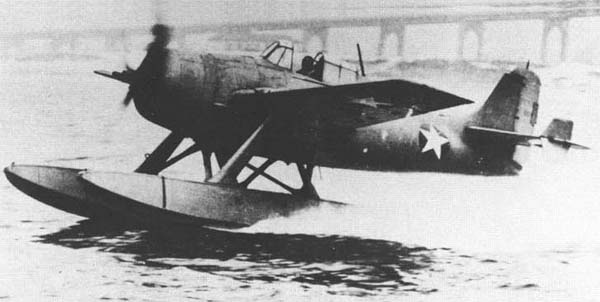Most -3's had the intake on the cowling (carb air intake). If I recall, it was just the F4F-3A's that deleted the carb air scoop? Its really hard to tell. You cant tell a 3 from a 3A without looking into the wheel well's. The 3A had a single stage super and deleted the intercoolers located in the wheel well since the carb air on the single stage didnt get as hot. Can anyone confirm this?
This is correct though you know more about the precise placements of the two types of superchargers.
The F4F-3A was really a lower performance aircraft than the F4F-3 and the reason was the use of a simpler and less performance capable supercharger on the F4F-3A. The F4F-3A used a 1,200 horsepower engine and a single-stage supercharger. The RAF used them more in the anti-submarine service of the North Atlantic, launching them off escort carriers. However, for the very reason of the lower capability supercharger, the US Navy and Marines got rid of them quickly. The F4F-3A was developed merely because of the shortage of the two-stage supercharger.
In addition, there was a slightly different engine in the two. The F4F-3 was fitted with the Pratt and Whitney Twin Wasp R-1830-76, which produced a rated 1,200 horsepower. The F4F-3A had an R-1830-90 engine, which also produced a rated 1,200 horsepower, but this was deceiving. Because, due to the lower output supercharger, the -90 engine could only achieve its max rated 1,200 horsepower at sea level. Once the F4F-3A started climbing its ability to maintain this 1,200 horsepower output was stymied above 13,000 feet. Below 13,000 feet, the F4F-3A actually had the same horsepower reserve but better fuel economy to get it, resulting in slightly longer range. Above 13,000 feet the -3A had lower horsepower output than the -3 and with that all the associated drop off in aircraft performance, speed, climb, and altitude.
As far as any data I have says, the only difference between the two engines was the integration of the single stage two-speed supercharger on the -3A vice the double stage two-speed supercharger on the -3. Given that you know the precise differences in the internal location of the two types of superchargers, I think you are entirely correct in your thoughts.
Ken












